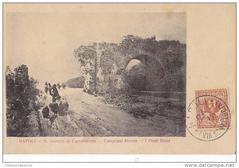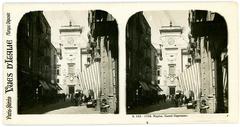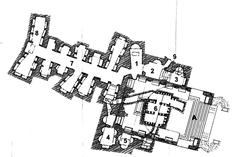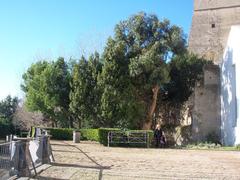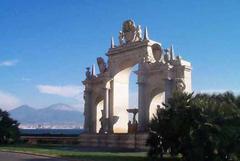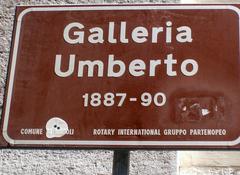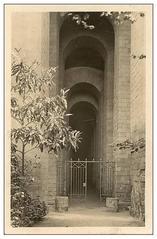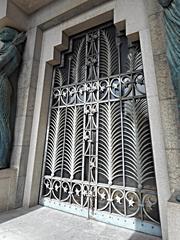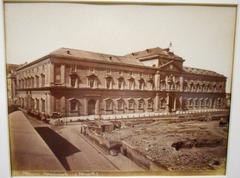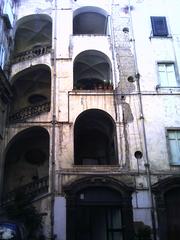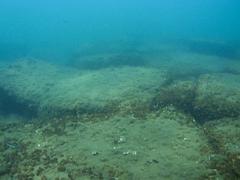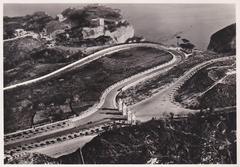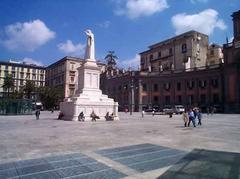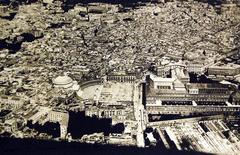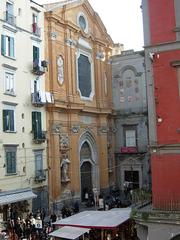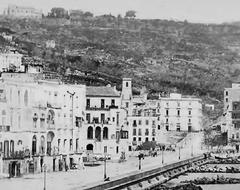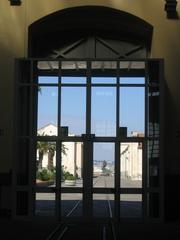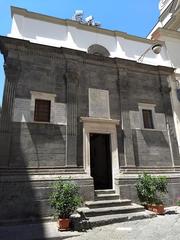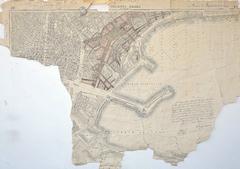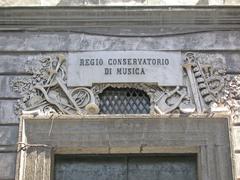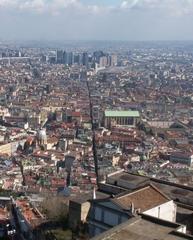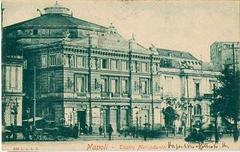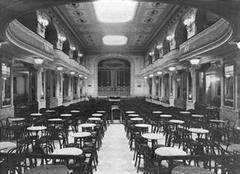
Comprehensive Guide to Visiting Tangenziale di Napoli, Naples, Italy
Date: 17/07/2024
Introduction
Navigating the vibrant city of Naples, Italy, often involves familiarizing oneself with the Tangenziale di Napoli, an essential ring road that facilitates efficient movement around the city. Inaugurated in 1972, the Tangenziale di Napoli was conceived in response to increasing traffic congestion in the city center, a byproduct of rapid urbanization and economic growth in the mid-20th century (Tangenziale di Napoli S.p.A.). From its early development and ambitious construction to its ongoing modernization and expansions, the Tangenziale has played a crucial role in shaping Naples’ urban landscape and supporting its economic and social growth. This guide aims to provide comprehensive information for visitors, including historical context, economic impact, cultural significance, environmental considerations, and practical travel tips.
Table of Contents
History of Tangenziale di Napoli
Early Development and Planning
The Tangenziale di Napoli, a critical infrastructure in Naples, Italy, was conceived in the mid-20th century as a response to the burgeoning traffic problems in the city. The initial planning phase began in the 1960s, a period marked by rapid urbanization and economic growth in Italy. The need for a bypass to alleviate congestion in the city center was evident, and thus, the idea of a tangential road was born.
Construction and Inauguration
Construction of the Tangenziale di Napoli commenced in 1968, spearheaded by the Italian government in collaboration with local authorities. The project was ambitious, involving complex engineering feats to navigate the city’s challenging topography. The road was designed to be a toll highway, a relatively novel concept in Italy at the time, aimed at ensuring sustainable funding for its maintenance and operation. The first section of the Tangenziale di Napoli was inaugurated in 1972, marking a significant milestone in Naples’ urban development.
Expansion and Modernization
Over the subsequent decades, the Tangenziale di Napoli underwent several expansions and upgrades to accommodate the growing traffic demands. By the late 1980s, the highway had extended to its current length of approximately 20 kilometers, featuring multiple interchanges and access points to various parts of Naples and its suburbs. In the 1990s and early 2000s, modernization efforts were undertaken to enhance the road’s capacity and safety. These included the widening of lanes, the installation of advanced traffic management systems, and the construction of additional tunnels and bridges. Notably, the Vomero Tunnel, completed in 1995, significantly improved connectivity between the northern and southern parts of the city.
Historical Significance
The Tangenziale di Napoli holds considerable historical significance as a symbol of Naples’ post-war reconstruction and modernization. It represents a pivotal moment in the city’s urban planning history, reflecting the broader trends of economic growth and infrastructural development in Italy during the latter half of the 20th century.
Cultural and Social Impact
Beyond its functional role, the Tangenziale di Napoli has had a profound cultural and social impact on the city and its inhabitants. The highway is often seen as a microcosm of Naples’ dynamic and sometimes chaotic urban life. It has been featured in various forms of media, including films, literature, and music, symbolizing the city’s vibrant and resilient spirit. For many residents, it is an integral part of their daily commute, shaping their routines and experiences of the city.
Challenges and Controversies
Like many major infrastructure projects, the Tangenziale di Napoli has faced its share of challenges and controversies. One of the most significant issues has been traffic congestion, particularly during peak hours. Despite various efforts to improve traffic flow, the highway often experiences bottlenecks, leading to delays and frustration for commuters. Another contentious issue has been the toll system. While the tolls are essential for the highway’s maintenance and operation, they have been a source of discontent among some residents and commuters, sparking periodic protests and calls for reforms.
Recent Developments and Future Prospects
In recent years, there have been several initiatives aimed at further improving the Tangenziale di Napoli. These include the implementation of smart traffic management systems, the introduction of electric vehicle charging stations, and plans for additional expansions and upgrades. Looking ahead, the future of the Tangenziale di Napoli will likely be shaped by broader trends in urban mobility and sustainability. As Naples continues to grow and evolve, the highway will remain a critical component of the city’s transportation network, adapting to new challenges and opportunities in the years to come.
Visitor Information
Visiting Hours
The Tangenziale di Napoli is open 24/7.
Ticket Prices
Toll fees vary depending on the type of vehicle and distance traveled. For detailed information, visit the official website.
Travel Tips
- Plan Your Trips: Travel during off-peak hours to avoid congestion.
- Real-Time Updates: Use the official website or apps like Google Maps and Waze for real-time traffic updates.
Nearby Attractions
- Naples Cathedral: A stunning example of Gothic architecture.
- Royal Palace of Naples: A historic site offering rich insights into Naples’ royal past.
Accessibility
The Tangenziale di Napoli is accessible to all types of vehicles, including electric cars, with charging stations available at select points.
Conclusion
The Tangenziale di Napoli is more than just a highway; it is a testament to Naples’ resilience and growth. Whether you’re a daily commuter or a curious traveler, understanding its history and significance enriches your experience of this vibrant city.
FAQs
What are the visiting hours for Tangenziale di Napoli?
The Tangenziale di Napoli is open 24/7.
How much are the toll fees?
Toll fees vary depending on the type of vehicle and distance traveled. Visit the official website for detailed information.
How do I avoid traffic on the Tangenziale?
It is recommended to check real-time traffic updates using apps like Google Maps or Waze before planning your journey.
Are there any special tours available?
While the Tangenziale itself does not offer guided tours, it connects to many historical and cultural sites in Naples that do.


